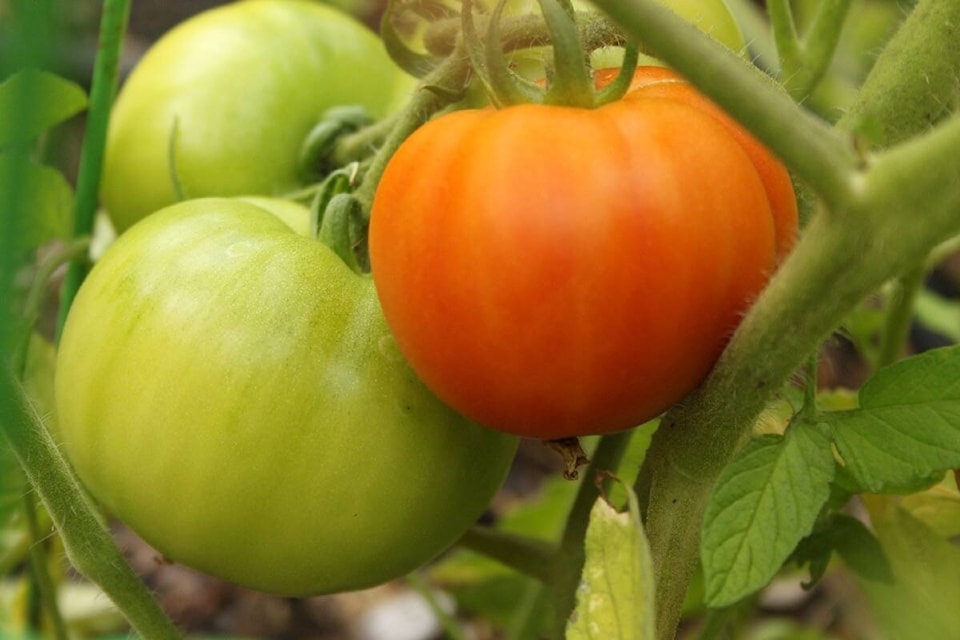By Mary Lowther
I bought my first packets of seeds in a burst of starry-eyed enthusiasm, determined to grow my own food and comfortably unaware of any more than seeds should be planted in dirt. Clutching those packets, I dug some dirt from the side of a road and piled it in a nearby forest, then stuck in all the seeds of carrots, lettuce and tomatoes in the faith that nature would do the rest. I fully expected to grow exactly what was depicted on the packets, but was somewhat disappointed.
Nothing. Not a single sprout. Obviously this was going to be more complicated than I thought. In those long ago times I could not simply Google it, ask Reddit or consult YouTube, so off I went to the library to consult the experts (Dewey decimal number 025.431) where I met Ruth Stout, among others.
Ruth taught me about mulching and the value of putting nutrients in the soil, while others wrote about organic methods using compost heaps. Applying vegetable wastes and manure, if possible, seemed essential if one was to have a decent garden, so I learned various methods in composting. Australians followed the dinny bucket method, tossing the day’s vegetables and human manure into holes dug in the paths between garden beds. They went up and down the paths, digging and filling in the holes, reversing the process the following year and laying their garden beds where the paths were before.
Albert Howard used the Indore method, digging a long ditch to layer spent vegetation, manure, straw and dirt in, allowing it to decompose. A version of this was promulgated throughout the organic gardening community, using it as an alternative to expensive chemical fertilizers. Over time, gardening gurus have refined this into an art. My favourite author, Steve Solomon, argues that minerals are lost from the soil when vegetables are eaten and must be returned to the soil as they were in the Australian “dinny bucket” method. Consequently we must compost our own waste to add the lost minerals to our soils; animal manures may not contain all the minerals plants need.
Lost minerals can also be replaced through a fertilizer mix. Solomon recommends adding soft rock phosphate into our compost a year before it’s used because, when added to clay and the other composting ingredients, the red worms that will proliferate naturally turn the combination into stable humus. If rock phosphate was added straight onto the garden in the fertilizer mix it would take until the following year before it became accessible to the plants.
Commercial compost is often sterilized. Add some of your own soil, because plants require life forms to turn the composted nutrients into something the plants can absorb. One gardener’s cucumber vines weren’t producing any fruit until she added some homemade compost to the mix.
I make compost tea, spraying the soil or the whole plant every two weeks, and never get any diseases on my plants. This tea contains enzymes, microbiota and nutrients that plants love. It’s a bit of work but the results make the effort worthwhile.
I am starting a new compost heap, mainly because the old one has rotted so much that no amount of shoring up with rebar and chicken wire works anymore. Besides, with my huge new garden I will need an enormous pile to improve so much soil. David warned me that I need to think about ordering things by the pallet, but compost is best made on site, and a lot cheaper.
Right now I’m starting a pile of vegetation I will add to in the fall, at which time I’ll get some clay, rock phosphate, manure and leaves to make a compost to be ready in the spring two years from now. I don’t usually turn my compost heap, so it takes longer to cure. David built the new bins to accommodate his front end loader, which might make the process faster, but we will have to wait and see.
Please contact mary_lowther@yahoo.ca with questions and suggestions since I need all the help I can get.
